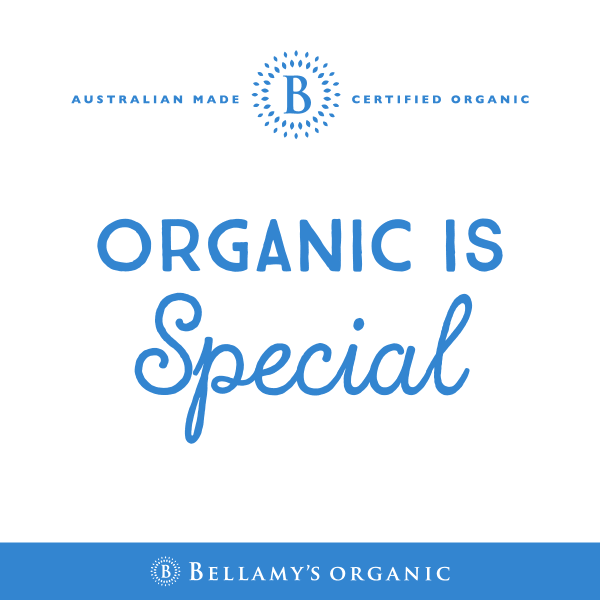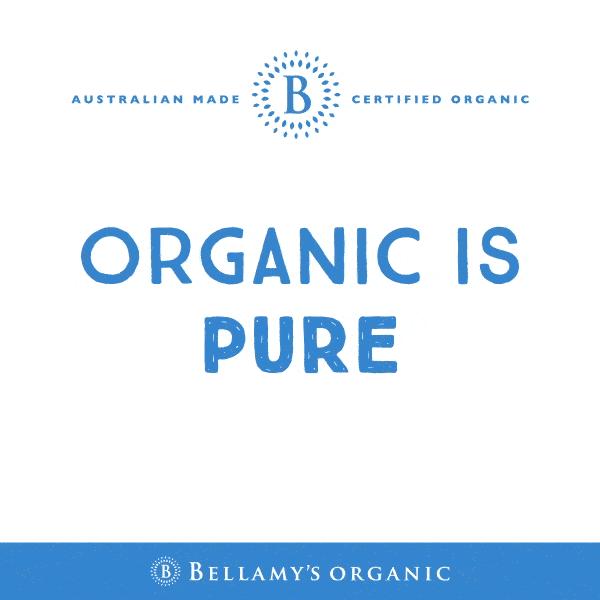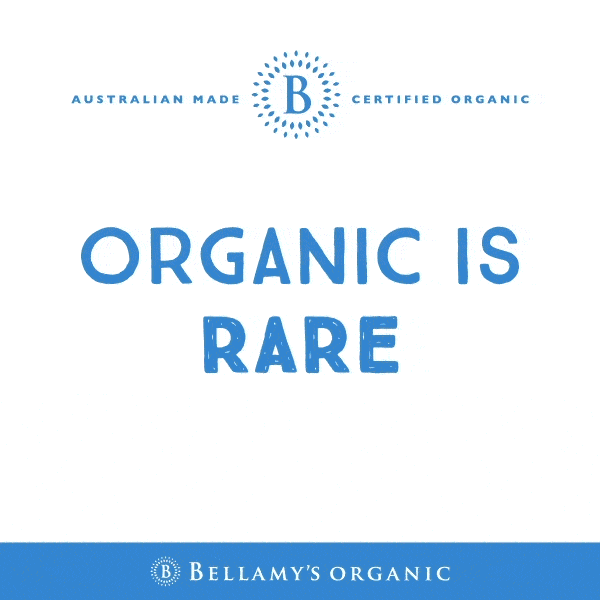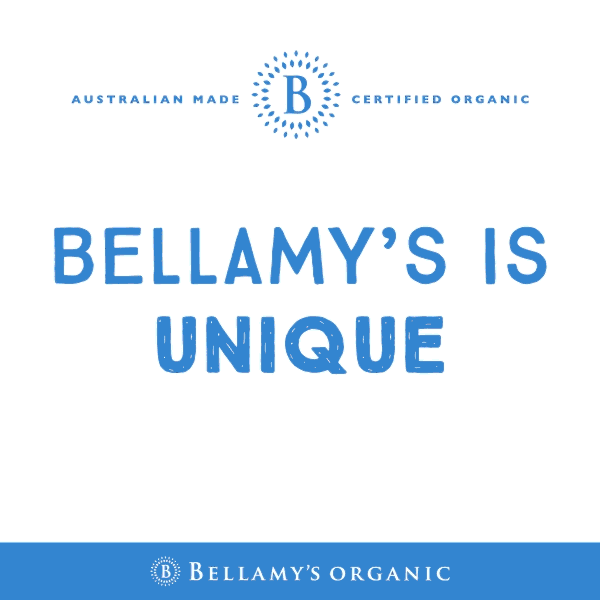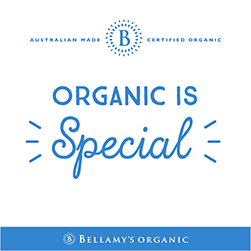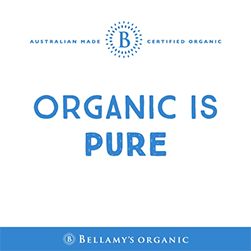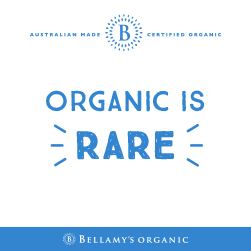Important notice to customers — product packaging changesLearn More
NEW FOOD PACKAGING IN STORE NOW
From August 2018, customers will notice our rebranded food packaging start to appear on shelf in all major stockists.
-
CURRENT Packaging
-
new Packaging
We are excited to announce our new packaging will start to appear on shelf from August 2018. This transition to new packaging will occur over a number of months. During this time there will be a mix of current and new packaging on shelf.
There are no major changes to these products, in some instances there is a small name change or slight recipe improvement, see below for the full details.
Products purchased via the website will be delivered to customers in our old packaging until the end of October. From November, products ordered from the website will be delivered in the new packaging.
Please note, our Infant Formula packaging will not be rebranded until later in 2019.
For any questions, connect with our team of accredited practising Dietitians on +61 3 6332 9200
Product name changes
- Cereal Name Changes
-
CURRENT Packaging Organic Baby Rice
-
NEW Packaging Organic Rice with Prebiotic (GOS) Note: Our Baby Rice recipe has been upgraded to now include GOS Prebiotic
-
CURRENT Packaging Organic Vanilla Rice Custard
-
NEW Packaging Organic Milk & Vanilla Baby Rice
-
CURRENT Packaging Organic Apple & Cinnamon Porridge
-
NEW Packaging Organic Apple & Cinnamon Baby Porridge
- Ready To Serve Name Changes
-
CURRENT Packaging Organic Banana, Pear & Mango
-
New Packaging Organic Banana, Pear, Apple & Mango
-
CURRENT Packaging Organic Mango, Blueberry & Apple
-
New Packaging Organic Blueberry, Mango & Apple
-
CURRENT Packaging Organic Peach & Apple
-
New Packaging Organic Grape, Apple & Peach
-
CURRENT Packaging Organic Pumpkin & Tomato Risotto
-
New Packaging Organic Pumpkin, Sweet Potato & Tomato
-
CURRENT Packaging Organic Broccoli, Beef & Brown Rice
-
New Packaging Organic Beef & Vegetables
- Note: We have also upgraded some of our RTS recipes to remove added sugars and to remove some of the more complex ingredients that are not required for young children such as Tamari.
- RUSKS NAME CHANGES
-
CURRENT Packaging Organic Milk Rusks Toothiepegs
-
New Packaging Organic Milk Rusks
























